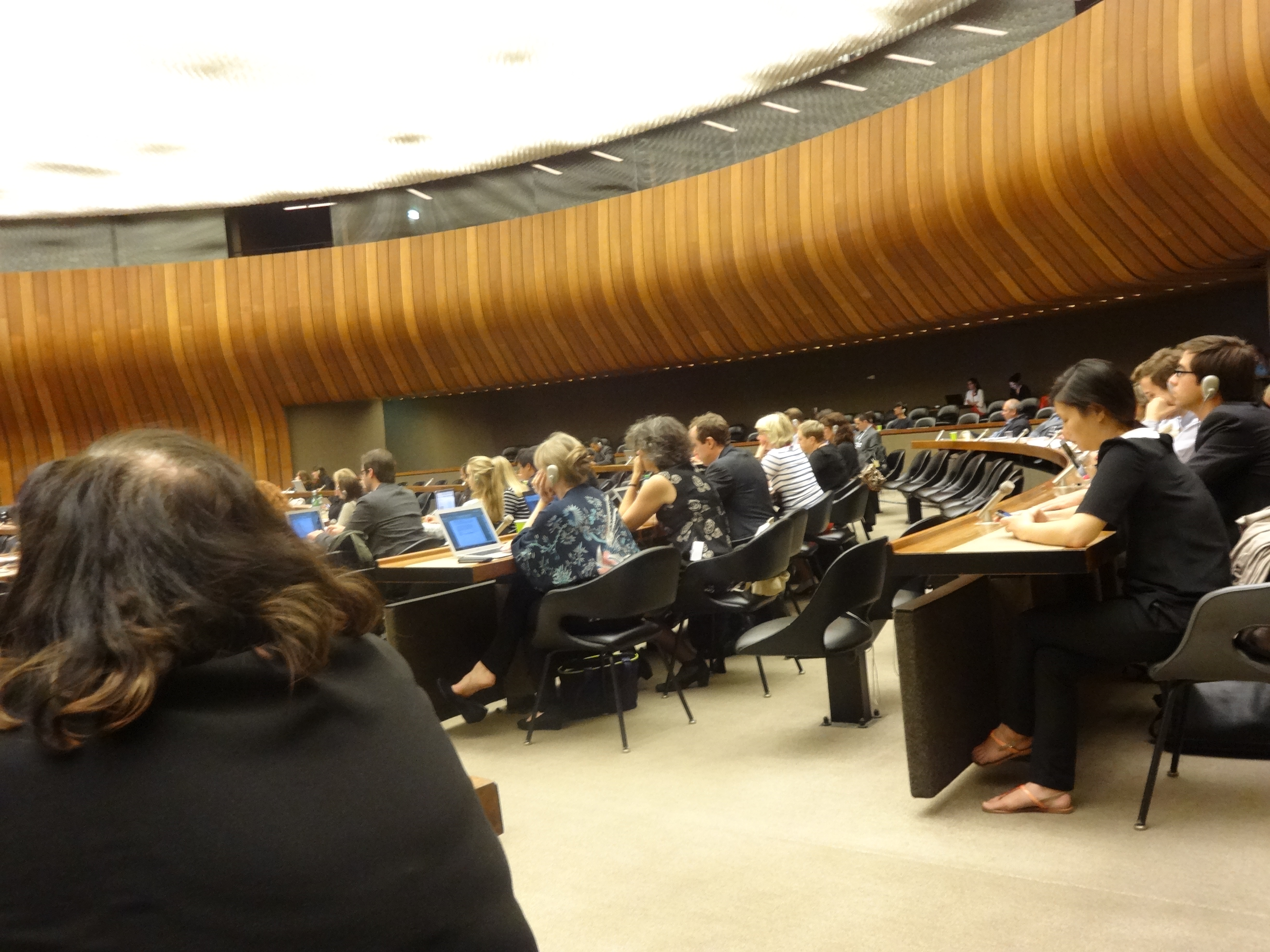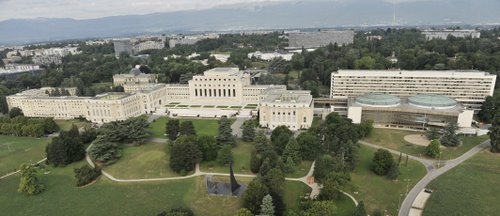By Larry Magid

In 1989 the United Nations passed an important human rights treaty. The Convention on the Rights of the Child (UNCRC) was ratified by all countries in the world except Somalia, Southern Sudan and — believe it or not — the United States.*
Rights and protections
And even though this document was written before kids started using the Internet, it spells out protections and rights of freedom of expression and access to media for children around the world. Some have defined the rights as the 3 P’s: protection, provision and participation. But, as several attendees pointed out, the UN has mostly focused on protection (see Anne Collier’s analysis).
Living document and day of discussion
Just because the UNCRC predates the commercial Internet, it doesn’t mean that it can’t be applied to the digital age, just as the more than 200-year old American Bill of Rights has been interpreted to guarantee freedom of expression and privacy rights for Internet users in America.
The UNCRC is a living document, subject to modern interpretation. But, just in case there is any doubt about its application to the digital world, the UN’s Committee on the Rights of the Child, an 18-member international body that monitors the implementation of the convention, convened a “general day of discussion on digital media and children’s rights” at the UN’s sprawling Palace of Nations complex in Geneva.

My ConnectSafely.org co-director Anne Collier and I participated in that meeting, along with about 300 other attendees representing governments, non-governmental organizations (non-profits) and human rights groups from around the world.
After a brief introductory plenary session, attendees divided into two working groups. One focused on children’s equal and safe access to digital media and ICT (information and communication technology) and the other on children’s empowerment and engagement through digital media.
After several hours of discussion, rapporteurs from both groups summarized the discussions and made some recommendations to be considered by the Committee.
The recommendations — summarized below — were divided into four categories: empowerment, access, digital literacies and safety.
Empowerment
- Empowerment of all children should be founded on a balanced approach between protection and participation where children are the drivers of a safe and participatory digital world.
- Give children digital literacy and promote digital citizenship.
- All stakeholders need to understand their responsibilities with the respect to the rights of children in digital media.
- Different stakeholders need to play different roles: States, parents, families, teachers, civil society, NGOs, private and public sectors and children themselves.
- Any approach to limit the risks of harm that children face in their digital lives should be balanced against the enjoyment of other rights, including the freedom of expression, right to participation and right to association.
Accessibility
- Ensure equal access to digital media and ICT by technology infrastructure ensuring free or low-cost access that is targeted for different groups of children, particularly girls, children with disabilities and other vulnerable groups of children.
Digital literacy
- Provide digital education to all children, parents, teachers and all those working with and for children and ensure it’s good quality.
- Include online education methods in school programs including children with disabilities.
- Ensure training in social behavior online — social literacy.
Safety
- Ensure awareness-raising for children and adults of all the risks and harms.
- Provide training for law enforcement and others working with children.
- Ensure legal and self-regulating mechanisms to guarantee safety on the Internet.
- Develop technological solutions for prevention and protection.
- Ensure availability of assistance and support, including child-friendly complaint mechanisms, helplines and compassion for victims.
- Children should play a key role in protecting themselves and their peers against harm.
My takeaways
I was gratified to see that the Committee and fellow working group members were sensitive to the importance of rights as well as protection and that there was a general agreement that online access and free expression are critical rights. I was also pleased about the recommendation that children be empowered to “play a key role in protecting themselves and their peers” along with the concept that “children are the drivers of a safe and participatory digital world.”
As other attendees pointed out, the discussions were a bit vague on specifics and how these rights might be implemented and there was no consensus on how the vast cultural, political and legal differences between countries should apply to these rights. For example, there are several countries that filter the Internet for all users — not just children. And even in the United States and Western Europe, it is common for schools to block social media, which I interpret not only as vehicles for free expression, but also freedom of association as guaranteed in the UNCRC. Another limitation of both the UNCRC and the day of discussion was the lack of differentiation by age. The UNCRC defines “child” as people under 18, but as any parent knows, there is a vast difference between toddlers and teenagers and any discussion of rights and protections needs to take these differences into consideration.
*As per the United States — even though we haven’t ratified the Convention (scroll down in this document from Amnesty International for the why), freedom of speech and assembly are guaranteed in the U.S. Constitution and there is nothing in the Constitution that says these rights are applicable only to adults. Still, the U.S. has a longstanding tradition of giving parents control over their children and giving schools “in loco parentis” controls while children are at school. While no one would question a parent’s right and responsibility to supervise their children and protect them from harm, there are families in the U.S. and elsewhere where parents are interpreting those rights in an arbitrary manner. I worry about LGBT youth whose parents are not supportive of young people who are exploring religious or political views that might differ from their parents’ beliefs.
Next steps
The recommendations of these working groups will be studied by the UN’s Committee on the Rights of the Child and then passed on to member states. Some, I suspect, will embrace them while others are likely to ignore them. Most, I’m pretty sure, will interpret them according to local laws and customs, which means that — even if adopted — not all of these recommendations will be implemented. Still, it’s an important step toward updating the interpretation of the UNCRC so that rights that are guaranteed offline are also applied online.